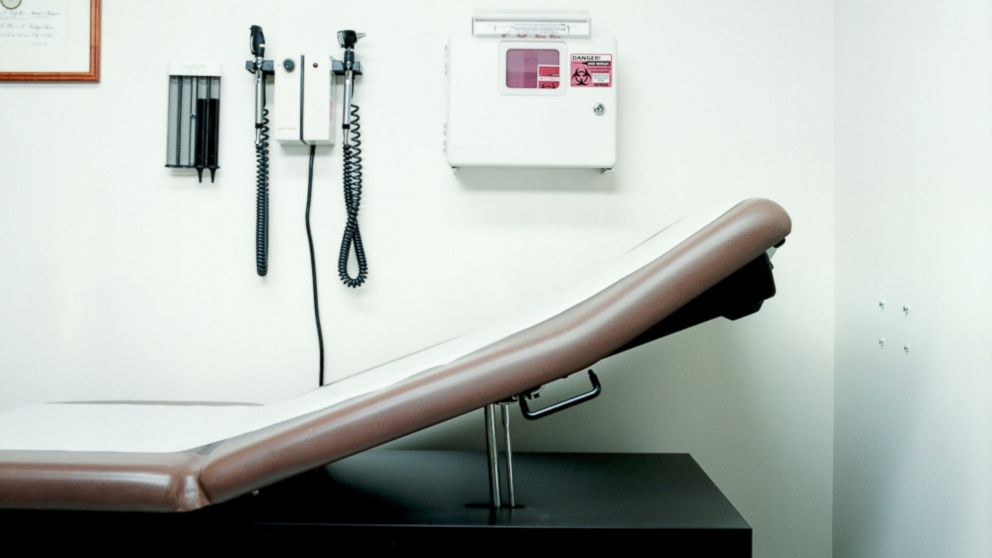Income and Health Insurance Coverage in the US Rise as Poverty Drops
The White House celebrated the news as "remarkable progress."

— -- The median U.S. household income rose 5.2 percent last year — its first significant yearly increase since 2007, when the Great Recession realigned the global economy, according to new data released today by the Census Bureau.
The number of people living in poverty fell from 14.8 percent in 2014 to 13.5 percent in 2015, and the number of people living without health insurance dropped from 10.4 percent to 9.1 percent during the same period, according to the data.
The median annual household income in 2015 jumped 5.2 percent, or $2,800, to $56,500, after adjusting for inflation, the Census Bureau said.
The White House celebrated the news, highlighting that "household income grew at the fastest rate on record" and that "the poverty rate fell faster than at any point since 1968."
The issues of poverty, health care and the degree to which America has recovered from last decade's recession have been fiercely debated in the 2016 election.
In August, Donald Trump blamed President Barack Obama for not doing enough to help lower-income Americans after the crisis, calling this "the weakest so-called recovery since the Great Depression."
The Republican nominee has also attacked the Affordable Care Act, suggesting that it "has raised the economic uncertainty of every single person residing in this country," according to a page on his website devoted to health care reform.
Despite the reduction of uninsured Americans noted by the Census Bureau, not all recent news on the Affordable Care Act has been quite as rosy. ABC News reported in August that health care giant Aetna will substantially cut its participation in plans offered under the act by 2017.
Also, the larger picture of wealth inequality in the wake of the recession demonstrates the degree to which poor and middle-class Americans have fallen behind elites.
Income disparities "have become so pronounced that America’s top 10 percent now average nearly nine times as much income as the bottom 90 percent" and have been growing in recent years, according to research conducted by the Institute for Policy Studies, a think tank in Washington, D.C.




